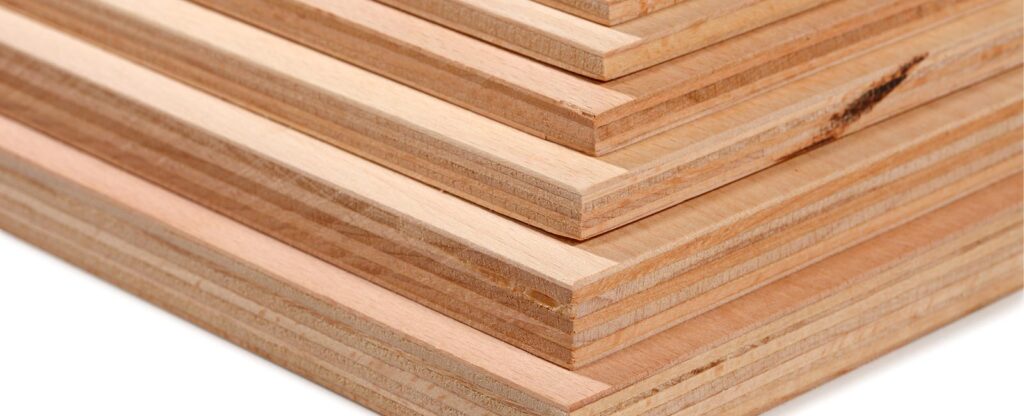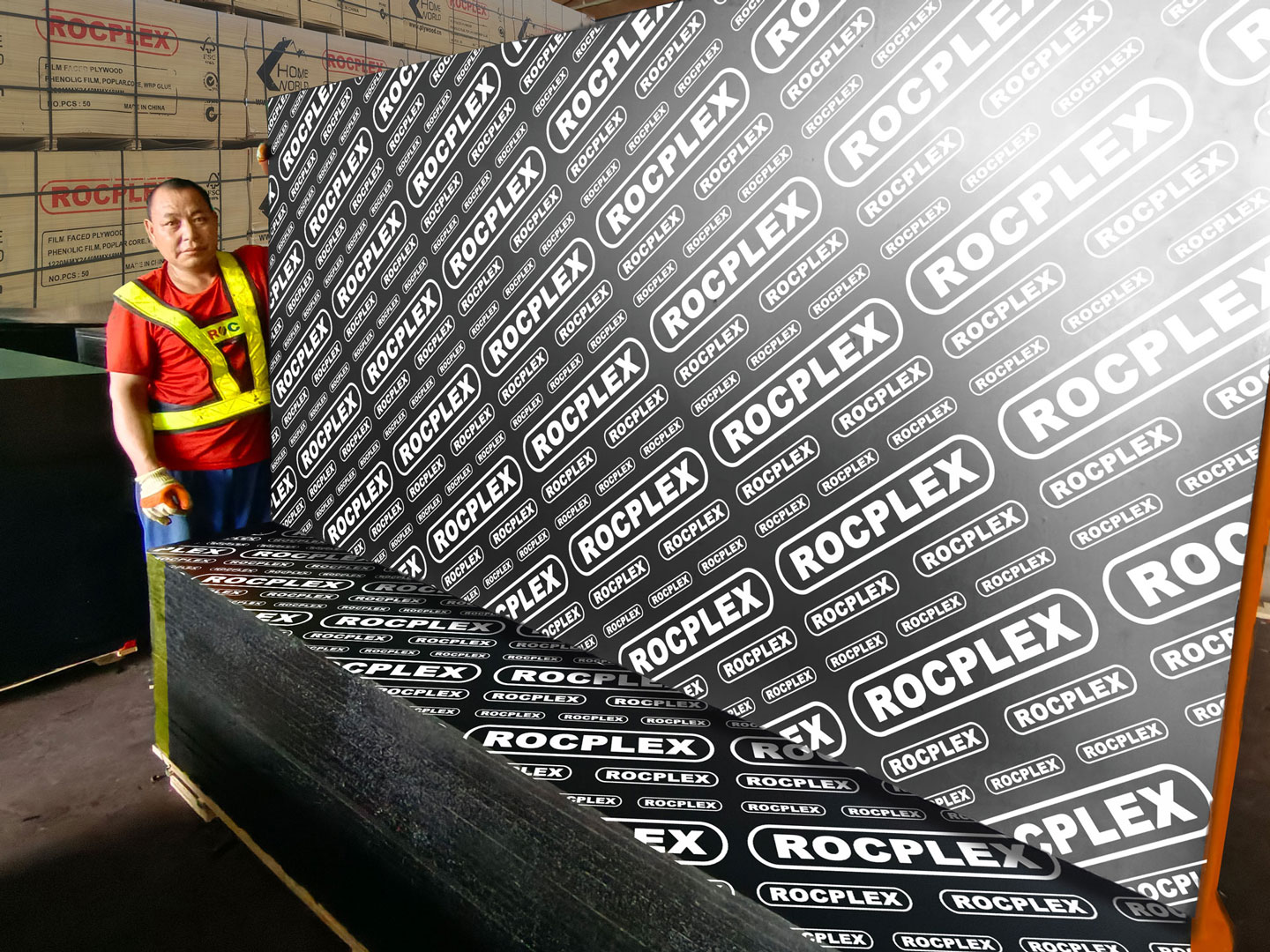How to Store and Handle Formwork Plywood to Extend Its Life
Formwork plywood is an essential material used in construction projects for creating temporary structures such as molds, supports, and frameworks. To ensure its longevity and optimal performance, proper storage and handling are crucial. In this article, we will delve into the importance of these practices and provide a comprehensive guide on how to store and handle formwork plywood effectively.
Essential Steps for Storing Formwork Plywood
Properly storing formwork plywood involves careful planning and execution. By following these steps, you can minimize the risk of damage and prolong the lifespan of your plywood:
Choosing the Right Storage Location
Selecting the appropriate storage location is crucial for maintaining the quality of your formwork plywood. A dry and well-ventilated space is essential to prevent moisture buildup, which can lead to warping or mold growth. Keep the plywood away from direct sunlight to avoid discoloration and degradation of the material. Accessibility to the storage area is also important for easy retrieval and transportation of the plywood. Consider implementing security measures to protect your valuable inventory. Organizing the storage space efficiently can streamline your workflow and save time during construction projects.
Furthermore, it is beneficial to elevate the plywood off the ground by using pallets or racks. This helps to prevent contact with moisture and potential pests that may reside on the floor. Properly labeling each stack of plywood based on size, type, or quality can aid in quick identification and selection when needed. Click here to get about environmental impact of using plywood formwork in construction.
Preparing Plywood for Storage
Before storing the formwork plywood, it is essential to conduct a thorough inspection to identify any pre-existing damage. Check for cracks, delamination, or loose veneer that could worsen during storage. Repair minor issues promptly to prevent them from escalating and affecting the structural integrity of the plywood. Cleaning the surface of the plywood is equally important to remove any dirt, dust, or debris that could trap moisture or attract pests. Consider applying a protective coating or sealant to enhance the durability of the plywood during storage.
Long-Term Storage Considerations
For prolonged storage periods, regular monitoring and maintenance of the plywood storage area are vital. Conduct periodic inspections to detect any signs of deterioration or pest infestation early on. Keep an eye on environmental factors such as temperature and humidity levels, making adjustments as necessary to create an optimal storage environment. Properly stack the plywood in a stable and organized manner to prevent bending or sagging over time. Rotating older stock with newer inventory can help distribute usage and prevent any plywood sheets from being forgotten or left unused for extended periods.
Understanding the Importance of Proper Plywood Storage
Plywood is a versatile and durable material, but it is also susceptible to damage if not stored correctly. By understanding the impact that storage conditions have on plywood longevity, construction professionals can take proactive measures to protect their investment and optimize project outcomes.
The Impact of Storage on Plywood Longevity
Improper storage can lead to various issues, including warping, delamination, and mold growth. Excessive moisture, temperature fluctuations, and exposure to direct sunlight are common culprits that accelerate plywood deterioration. To mitigate these risks, a well-thought-out storage plan is essential.

Key Factors in Plywood Preservation
When devising a storage strategy, consider the following factors:
- Moisture Control: Plywood should be kept in a dry environment with a relative humidity level below 55%. This prevents moisture absorption and potential damage.
- Temperature Stability: Extreme temperature changes can cause the plywood to expand or contract, leading to warping or cracking. Storage areas should maintain a consistent temperature to mitigate these effects.
- Protection from Sunlight: Direct exposure to sunlight can degrade the outer layers of plywood, causing fading and weakening. Store plywood in shaded areas or cover it with appropriate materials.
- Avoiding Ground Contact: Direct contact with concrete or soil can introduce moisture or contaminants to the plywood. Utilize pallets or racks to elevate and isolate the plywood from the ground.
Now, let’s delve deeper into each of these factors to gain a comprehensive understanding of their importance in plywood preservation.
Moisture Control: Plywood is highly susceptible to moisture damage. When exposed to high humidity levels, it can absorb moisture, leading to swelling, warping, and a decrease in structural integrity. To prevent this, it is crucial to store plywood in a dry environment with a relative humidity level below 55%. This can be achieved by utilizing dehumidifiers or ensuring proper ventilation in the storage area.
Temperature Stability: Plywood is sensitive to temperature fluctuations. Extreme heat or cold can cause the wood to expand or contract, which can result in warping, cracking, or even delamination. To maintain the stability of the plywood, it is essential to store it in an area with a consistent temperature. Avoid storing plywood near sources of heat or cold, such as HVAC vents or windows, as this can lead to uneven temperature distribution.
Protection from Sunlight: Sunlight can be detrimental to plywood, especially if it is exposed for prolonged periods. The ultraviolet (UV) rays in sunlight can cause the outer layers of plywood to deteriorate, leading to fading, discoloration, and weakening of the material. To protect plywood from sunlight, it is advisable to store it in shaded areas or cover it with appropriate materials, such as tarps or opaque sheets.
Avoiding Ground Contact: Direct contact with concrete or soil can introduce moisture or contaminants to the plywood, increasing the risk of damage. To prevent this, it is crucial to elevate and isolate the plywood from the ground. Using pallets or racks provides a barrier between the plywood and the ground, reducing the chances of moisture absorption and potential contamination.
By considering these factors and implementing a comprehensive storage plan, construction professionals can ensure the longevity of their plywood and minimize the risk of damage. Proper plywood storage not only protects the material but also contributes to the success and quality of construction projects.

Best Practices for Handling Formwork Plywood
Proper handling of formwork plywood is critical not only for maintaining its structural integrity but also for ensuring the safety of workers on the job site. Consider the following best practices:
Safely Transporting Plywood
When moving plywood from the storage area to the job site, use appropriate handling equipment such as forklifts or pallet jacks. Secure the plywood properly during transportation to prevent shifting or falling that can lead to damage or injuries. Avoid dragging plywood sheets, as this can cause splintering and compromise their structural integrity.
It is also advisable to stack the plywood properly during transport to prevent excessive bending or warping. Utilizing straps or bands to secure the stacked plywood can help maintain its shape and prevent damage during transit. Additionally, labeling the plywood with its intended use or location on the job site can streamline the unloading process and prevent confusion.
Handling Plywood on the Job Site
On the job site, take precautions to protect plywood from moisture and physical damage. Store it in a covered area or use protective coverings to shield it from rain, snow, or excessive dust. Avoid exposing plywood to excessive weight, bending, or rough treatment during handling to prevent cracking or delamination.
Furthermore, establishing designated storage areas for different types and sizes of plywood can help maintain organization and prevent accidental damage. Implementing a rotation system for plywood stock can also ensure that older sheets are used first, reducing the likelihood of deterioration from prolonged storage.
Preventing Damage During Use
During formwork assembly and concrete pouring, handle plywood with care to avoid excessive force that can lead to surface damage, splintering, or bending. Prevent moisture absorption by properly sealing the formwork edges and using appropriate release agents. Regularly inspect the plywood for signs of wear or damage and address any issues promptly to maintain its performance and extend its lifespan.
Additionally, providing training to workers on the proper handling and maintenance of formwork plywood can help prevent avoidable damage and ensure the longevity of the material. Encouraging a culture of accountability and responsibility for the condition of the plywood among the construction team can lead to a more efficient and safe work environment.
Maintenance Tips for Extending Plywood Life
Regular maintenance and timely repairs are key to extending the life of your formwork plywood. Consider the following tips:
Regular Cleaning and Inspection
Periodically clean the plywood using a mild detergent solution and a soft brush. This not only helps maintain its appearance but also removes any accumulated dirt or contaminants that could deteriorate the plywood over time. Pay close attention to areas where moisture may have seeped in, as this can lead to mold growth or delamination. Additionally, inspect the plywood for signs of moisture damage, mold, or delamination. Promptly address any issues to prevent further damage.
During the inspection, keep an eye out for any loose veneer or minor cracks and chips. While these may seem like minor issues, they can quickly escalate if left unattended. Repair them as soon as possible using appropriate wood adhesives or fillers. This …

